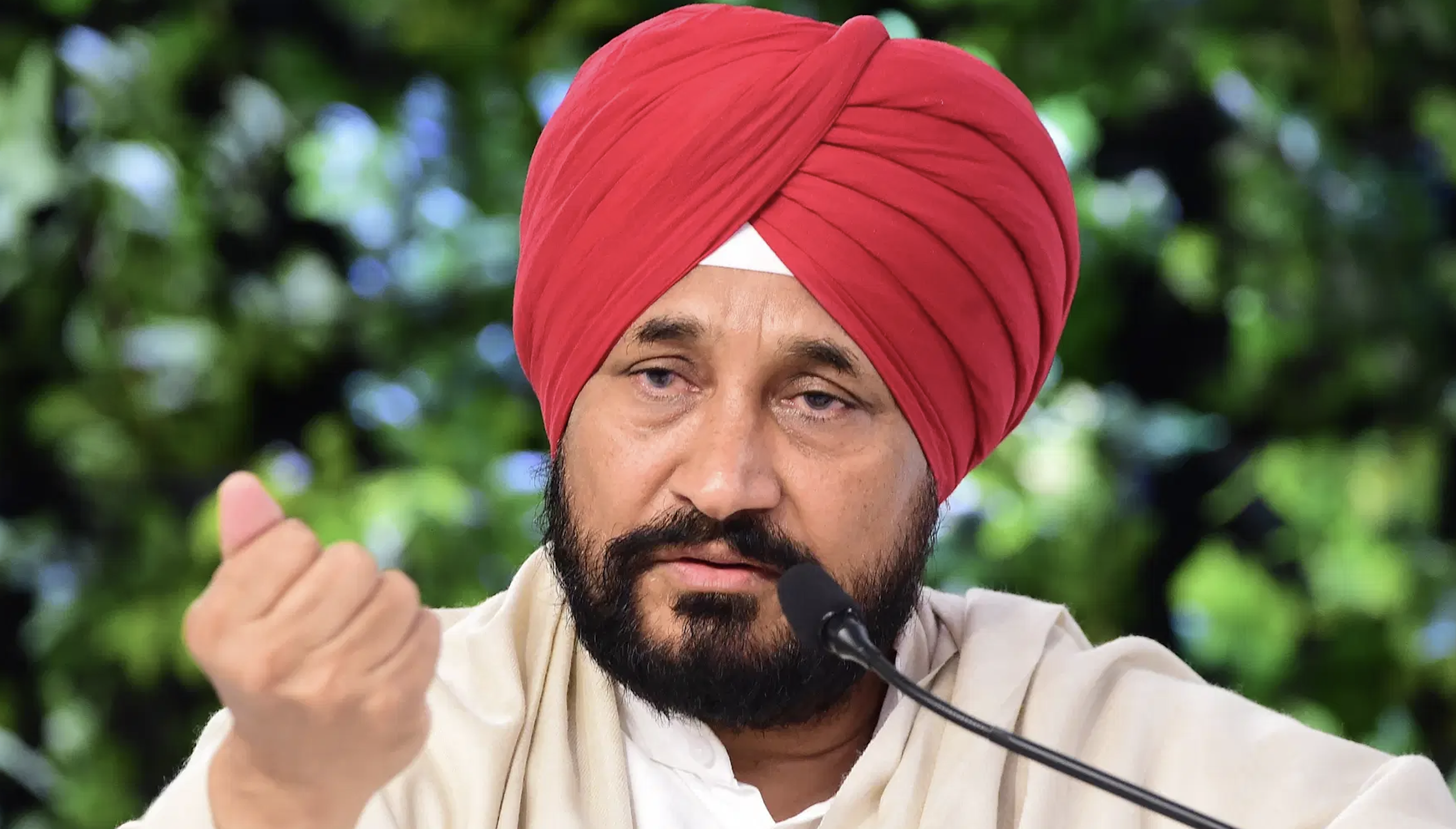
The results of the recent Haryana Assembly elections have reinforced the importance of Dalit votes as a deciding factor for the Congress, which had positioned itself as a champion of Dalits, among other marginalised communities. The ambivalent position taken by Dalit leader Kumari Selja during the Haryana electoral campaign cost Congress dearly. Dalits make up 20 per cent of voters in Haryana, with a decisive majority in 44 non-reserved seats of the 90 Assembly seats.
Drama unfolded when, in the closing hours of the campaign, another Dalit leader, Ashok Tanwar, was brought back into the Congress’ fold. This seems to reflect a late realisation of the importance of Dalits in the Haryana election. In these elections, however, the BJP did not have a Dalit face but went with an OBC candidate, Nayab Singh Saini.
Congress’ Bhupinder Singh Hooda, who led the campaign, was not acceptable to Dalits, given his past ten-year tenure (2004-14) as
CM, which consolidated the caste dominance of the Jats in all spheres, and Jat atrocities against Dalits (in Gohana and Mirchpur)
were not forgotten even after 10 years.
Political parties invariably engage with Dalit voters, since the community comes out in large numbers to vote. Normally, in elections, the voter turnout ranges from 50 per cent to 75 per cent, and Dalit voters throng the polling booths early in long queues, and make up to 25 per cent to 40 per cent of the votes polled respectively.
In non-reserved seats, Dalit votes still make up a big chunk, and their vote swing becomes crucial. In Assembly elections, one can
safely say no political party can come to power without the mandate of the Dalit segment. Such being the importance of Dalit
votes, political parties devise strategies to engage with them.
In Haryana, one strategy was to either support or oppose the October judgement of the Supreme Court endorsing the subcategorisation of Scheduled Castes. While Congress remained silent and opposed the ‘creamy layer’ portion of the judgement, BJP went ahead in Haryana and promised to implement the sub-categorisation. The BJP had clearly taken on its side 7 per cent of the Dalits, including the Balmiki and Dhanuk communities.
BJP, at the Centre, has announced that it will not implement the creamy layer part of the judgement. This can become a factor in the Maharashtra elections, but no party has raked up sub-categorisation till now, fearing the backlash from the dominant Dalit Mahar caste
This story was originally published in deccanherald.com. Read the full story here.

